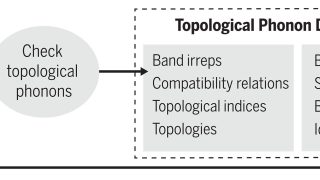
Vacuum fluctuations in optical cavities reveal hidden properties of embedded materials
Researchers at the Max Planck Institute for the Structure and Dynamics of Matter (MPSD) have theoretically demonstrated that photons trapped inside an optical cavity carry detailed information about a material placed within it. By measuring the properties of the photons leaking out of the cavity, researchers can probe how an optical cavity modifies the properties […]








